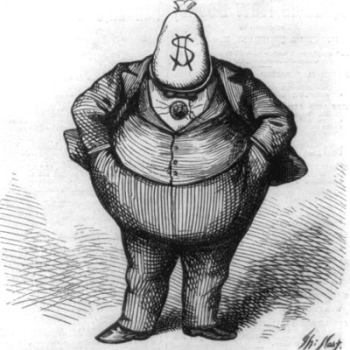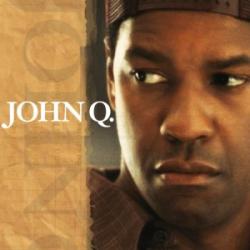Between the holidays and a stack of papers I still haven’t finished grading, I’ve missed some items I need to go back for, such as Tim Rutten and Russell Baker on the distorting effect of affluence on news coverage.
Here’s Rutten:
To the extent any bias is generally operative in the news media today, it is the middle-class quietism that the majority of reporters and editors share with other Americans. They are the suburban voters who now cast the majority of ballots in our presidential elections — mildly libertarian on social issues, mildly conservative on fiscal matters, preoccupied with issues of personal and financial security.
He goes on to quote at length from Baker’s response to a letter to the New York Review of Books:
…something more fundamental than household economics may be reshaping journalistic attitudes toward public issues. Today’s top-drawer Washington newspeople are part of a highly educated, upper-middle-class elite; they belong to the culture for which the American political system works exceedingly well. Which is to say, they are, in the pure sense of the word, extremely conservative.
Most probably passed childhood in economically sheltered times, came to adulthood in the years of plenty, went to good colleges where they developed conventionally progressive social consciences, and have now inherited the comforting benefits that sixty years of liberal government have created for the middle class.
This is not a background likely to produce angry reporters and aggressive editors. …
Baker goes on to say that these affluent journalists cannot be expected to write with real passion or understanding about something like America’s health care crisis, because that crisis does not affect them or anyone they know.
His argument came to mind as I read the wire reports on “Health Savings Accounts” that we ran in the paper I work for. HSAs are a new tax shelter that encourages those who can afford it to adopt higher-deductible health insurance. To take advantage of this new subsidy/benefit, one needs to have an extra $2,500 to $4,500 in disposable income lying about. Most Americans don’t have that kind of money, but most columnists and decision-making editors do. None of the articles we ran seemed to consider that the appeal of this program might be limited by the fact that so few can afford to take advantage of it.
As Rutten points out, this isn’t an example of bias, but of obliviousness. The problem is not the journalists’ affluence per se, but their failure to grasp that their affluence makes them exceptional. Articles written by and for the exceptionally affluent are irrelevant to the majority of their readers.
At the same time, of course, these same journalists are wringing their hands over their inability to reach “younger” readers. The trendy solution to this problem is to produce condescending, contentless free tabloids with lots of photos of last week’s hot entertainers. It never occurs to the publishers of these tabloids that this age demographic also comprises an economic demographic that their papers largely ignore.
My paper’s most recent Sunday real estate section features a typical story about what they consider a typical home. It costs $500,000. Articles like that alienate most 18-34-year-old readers.
They also alienate most 35-95-year-old readers.












